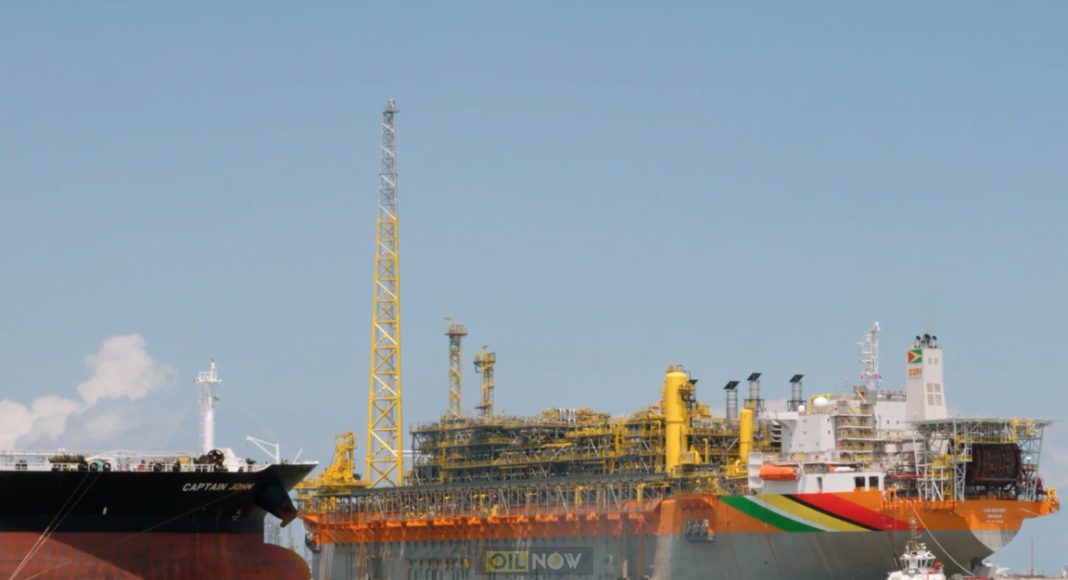New oil producer Guyana is expected to lift 2 million barrels more of Liza crude this year, representing the country’s share of 5 million barrels; 3 million of which have already been exported.
Oil production got underway in the South American country in December 2019, the eve of a year when the world was rocked by the coronavirus pandemic in the midst of a price war. Oil demand drastically declined following lockdowns and travel restrictions due to the pandemic. Initial outlooks and uncertainty surrounding the course of the pandemic led to a disagreement between two of the largest oil producers, Russia and Saudi Arabia in early March. Bilateral talks between global oil producers ended in agreement on April 13, with promises to cut petroleum output and hopes rising that these might help stabilize the oil price in the coming weeks. However, with storage facilities and oil tankers quickly filling up, fears grew over where to store excess oil, leading to record negative prices between April 20 and April 22.
Oil markets have returned to relatively stable ground since that time with Brent prices within a narrow $40-$45 per barrel range and could conclusively pass the $50 per barrel mark in the second half of 2021, according to Roger Diwan and the IHS Markit Energy Advisory Service.
The IHS Markit Brent price outlook has been revised upward to an average price of $42.35/bbl in 2020 and $49.25/bbl in 2021—up $7.09/bbl and $5.25/bbl, respectively, from the outlook in May.
Given where Brent prices stood at the end April – below $20/bbl – this revised average price by IHS Markit means Guyana stands to gain double what it would have, had prices remained at the April level. However, this is still below the $60/bbl range which was the price when the country lifted its first cargo earlier this year.
“The record cuts set in motion in May and June by Saudi Arabia and its OPEC+ partners played a pivotal role in accelerating the improbable rebalancing of global oil markets. With demand recovering from April lows and after giving markets an extra month to find their footing, these exporters have now moved from managing the immediate surplus of the crisis towards managing the recovery,” Roger Diwan, vice president financial services, IHS Markit, said.
Barring a large second wave of COVID-19 cases driving widespread economic shutdowns, IHS Markit expects Brent will stay within a $40-$47/bbl price band on average over the next four quarters.
This stabilization period will make way for the more structural stage of the recovery process, wherein the progressive normalization of demand and OECD commercial stocks allows a return of most spare capacity in Russia and in the key producing countries in the Gulf. This could start as early as the second half of 2021, when Brent prices could conclusively pass the $50/bbl mark.
“The recent display of restored harmony among OPEC+ heavyweights Saudi Arabia and Russia illustrates that the strategic debate within the group over price levels and market share has time to run,” Diwan said.



